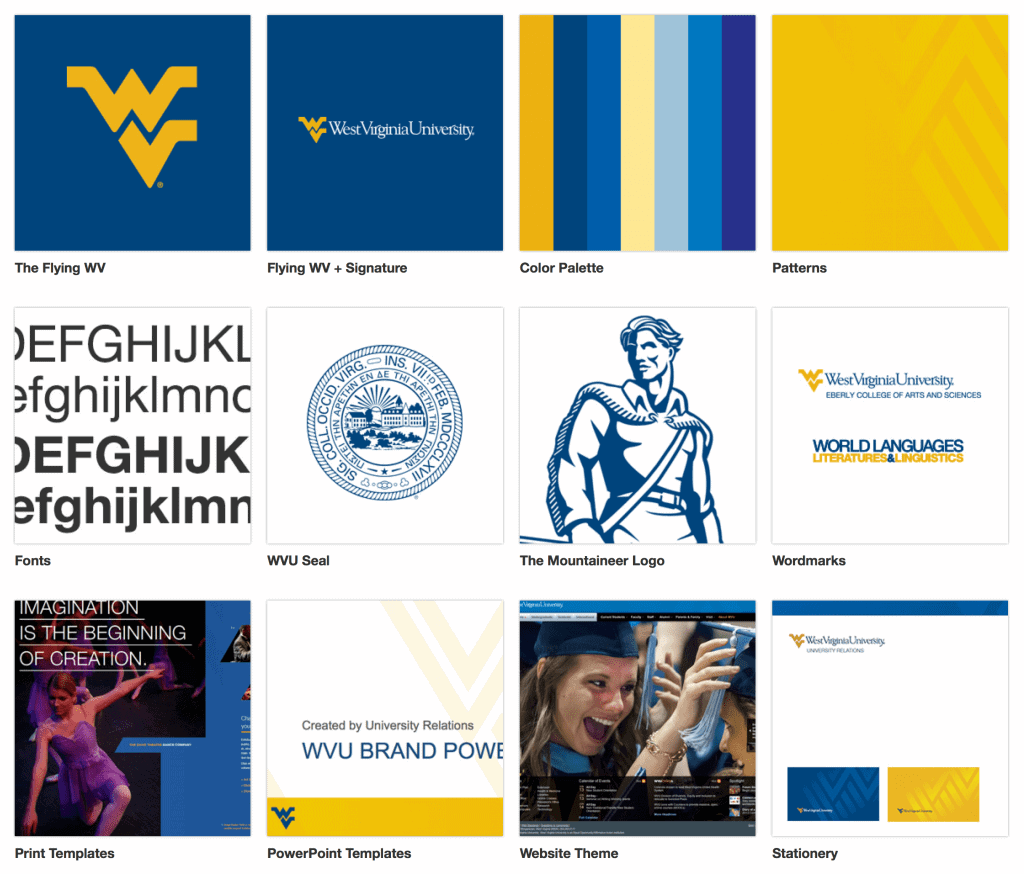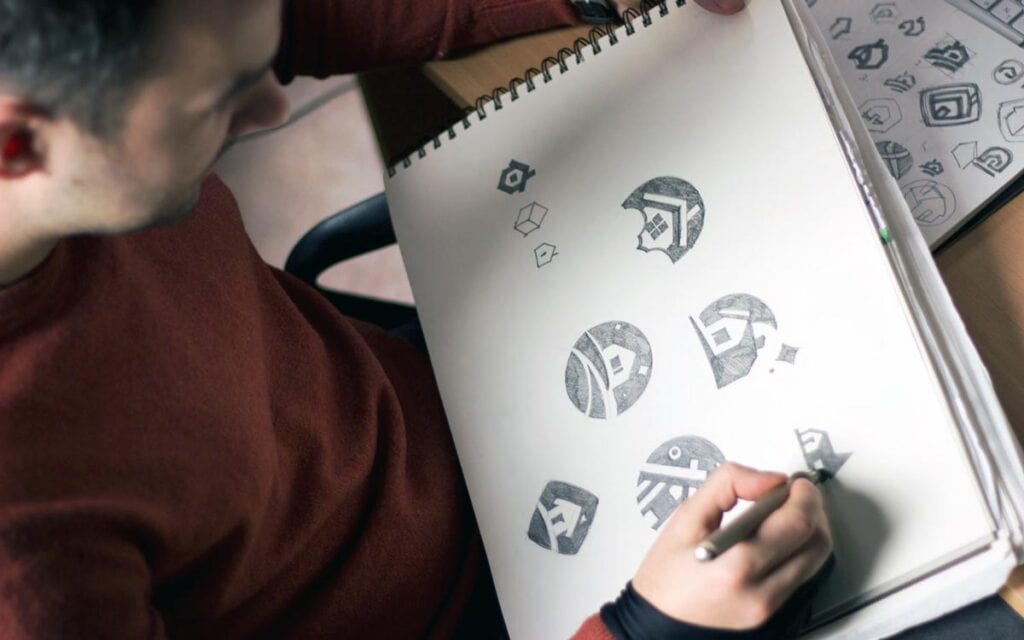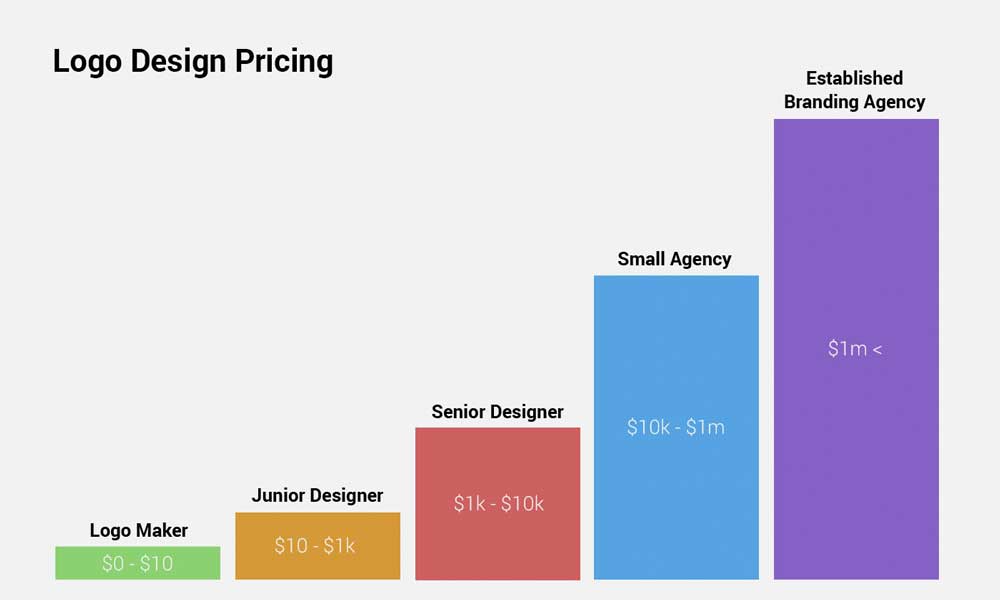Branding and Logo Design: How to Build a Strong Brand Identity
You know, in today's lightning-fast world, having a brand identity goes way beyond just having a snappy name or a slick logo. It's actually the core of your business! It's that special something that makes you stand out from the rest of the crowd, grabs potential customers' attention, and weaves your brand's unique tale. Building a solid brand identity is crucial for your company's success, and that's precisely what we will discuss in this article, “Branding and Logo Design: How to Build a Strong Brand Identity.
So, we'll dive deep into the strategies and techniques that'll help you create a brand that doesn't just look fantastic but also truly connects with your target audience and leaves a powerful, long-lasting impact. We'll chat about the nitty-gritty of logo design, the fascinating world of colour psychology, and the undeniable magic of storytelling. All of this is aimed at helping you build a cohesive and unforgettable brand identity that'll skyrocket your business to new levels of success. So, let's get started and have some fun while we're at it!
Table of Contents
What is Branding?

At its core, branding is the process of creating a unique image, identity, and perception for a product or company in the minds of its target audience. It's about defining who you are, what you stand for, and how you want to be perceived by your existing and potential customers. Branding is a critical aspect of marketing and business strategy, as it helps build recognition, trust, and loyalty among consumers.
There are several key components involved in the branding process:
- Brand Identity: This is the visual and verbal representation of your brand, encompassing elements like your logo, typography, colour palette, and messaging. Your brand identity should be distinctive and cohesive, allowing people to recognise and remember your company efficiently.
- Brand Positioning refers to the unique place your brand occupies in the market relative to your competitors. It's how you differentiate yourself based on product features, price, target audience, and overall experience. Your brand positioning should be precise, relevant, and appealing to your target customers.
- Brand Promise: This is the value and experience you commit to consistently delivering to your customers. Your brand promise should be communicated through all touchpoints, from product packaging and advertising to customer service and social media presence.
- Brand Story: Your brand story is the narrative that communicates the essence of your brand, its history, and its values. A compelling brand story helps create an emotional connection with your customers, making them more likely to choose your brand over competitors.
- Brand Culture is the values, beliefs, and behaviours that shape your company's internal and external operations. A strong brand culture aligns employees around a common purpose and influences their interactions with customers and stakeholders.
- Brand Equity: This is your brand's accumulated value and strength, built over time through consistently delivering your brand promise and positive customer experiences. Substantial brand equity can increase customer loyalty, higher sales, and a better ability to weather market fluctuations.
Branding is an ongoing process that involves creating, maintaining, and evolving a company or product's unique identity and perception. It's a critical part of building a successful business. It helps forge connections with your target audience, differentiate your offerings from competitors, and build long-term value and loyalty among your customers.
- Hardcover Book
- Johnson, Michael (Author)
- English (Publication Language)
- 320 Pages – 11/15/2016 (Publication Date) – Thames & Hudson (Publisher)
Why is Branding Important?
Branding is essential for several reasons:
- It builds brand recognition and awareness
- It creates a loyal customer base
- It differentiates your business from competitors
- It communicates your business's personality and values
- It establishes trust and credibility
With a strong brand identity, your business can avoid becoming lost in the noise of the marketplace. Customers may struggle to remember your business, confuse you with competitors, or overlook you altogether.
What is Logo Design?

Logo design creates a unique, visually appealing, memorable symbol or mark representing a company, product, or organisation. A well-designed logo acts as the cornerstone of a brand's identity and serves as a visual representation of the brand's values, vision, and message. It's a crucial element in the branding process, as it helps establish brand recognition, fosters trust and convey professionalism to the target audience.
There are several important factors to consider when designing a logo:
- Simplicity: A good logo should be simple, clean, and easily recognisable. Simplicity allows for better adaptability across various platforms and media, making it easier for your audience to remember and identify your brand.
- Relevance: The logo should be relevant to your industry, target audience, and brand positioning. It should visually communicate the essence of your brand and resonate with the people you want to reach.
- Versatility: A well-designed logo should be versatile, meaning it can be scaled, reproduced, and displayed effectively across various applications, such as print materials, digital platforms, and promotional products. It should also work well in both colour and black-and-white formats.
- Uniqueness: Your logo should be distinctive and stand out from the competition. A unique logo helps set your brand apart, allowing customers to differentiate your company from others.
- Timelessness: While trends come and go, a great logo should have a timeless quality that allows it to endure and remain relevant. This means avoiding overly trendy design elements and focusing on a design that can adapt and evolve as your brand grows and changes.
- Hardcover Book
- Bokhua, George (Author)
- English (Publication Language)
- 224 Pages – 08/02/2022 (Publication Date) – Rockport Publishers (Publisher)
The logo design process typically involves the following steps:
- Research: This stage involves understanding the company, its target audience, competitors, and the overall market landscape to inform the design process.
- Concept Development: The designer generates several concepts representing different logo design approaches based on the research.
- Refinement: The designer and client collaborate to refine the chosen concept, making adjustments and improvements until a final design is agreed upon.
- Finalisation: The designer creates the final logo in various formats and sizes, ensuring it's ready for use across all intended applications.
In summary, logo design is the art and science of creating a visually impactful and meaningful symbol that represents a brand's identity. It plays a vital role in branding, helping establish brand recognition, communicate brand values, and differentiate a company from its competitors. A well-designed logo should be simple, relevant, versatile, unique, and timeless, ensuring it remains compelling and memorable for years.
Why is Logo Design Important?
Your logo is often the first point of contact a customer has with your business. A well-designed logo can:
- Create a solid first impression
- Establish credibility and trust
- Increase brand recognition and recall
- Differentiate your business from competitors
A poorly designed logo, on the other hand, can have the opposite effect. It can create confusion, undermine credibility, and even turn potential customers away.
How to Create a Strong Brand Identity

Creating a solid brand identity requires careful planning, attention to detail, and a deep understanding of your business, target audience, and industry. Here are some practical tips for building a strong brand identity:
1 – Define Your Brand
Define your brand's personality, values, mission, and vision. What makes your business unique? What do you stand for? How do you want to be perceived by your customers? Your brand should be authentic, relevant, and compelling.
2 – Know Your Target Audience
To create a brand that resonates with your target audience, you need to know who they are, what they want, and what motivates them. Conduct market research, analyse customer data, and create customer personas to understand your audience better.
3 – Develop Your Brand's Voice and Tone
Your brand's voice and tone should be consistent across all channels and communications. Whether it's your website, social media, or advertising, your brand's voice should reflect your personality, values, and mission.
4 – Design Your Logo
Your logo should be simple, memorable, and reflective of your brand's personality and values. Work with a professional designer to create a unique, versatile, scalable logo.
5 – Establish Brand Guidelines
Establishing brand guidelines ensures consistency across all communications and channels. Your brand guidelines should include your logo, colours, typography, imagery, and tone of voice.
6 – Consistently Reinforce Your Brand Identity
Consistently reinforcing your brand identity is crucial for building brand recognition and loyalty. Use your brand's visual and verbal elements across all communications and channels, and support your brand's personality, values, and mission at every opportunity.
Tips for Creating a Strong Logo Design

Creating a solid logo design requires careful consideration of your brand's personality, values, and mission. Here are some practical tips for creating a logo that reflects your brand's identity:
1 – Keep it Simple
A simple logo is more memorable and versatile than a complex one. Avoid clutter and focus on creating a logo that is clean, straightforward, and easy to recognise.
2 – Choose the Right Colours
Colours can have a powerful impact on how people perceive your brand. Choose colours that reflect your brand's personality, values, and mission. For example, blue is often associated with trust and reliability, while green is associated with nature and growth.
3 – Use Appropriate Typography
Typography can also have a significant impact on how people perceive your brand. Choose typography that is legible, timeless, and reflective of your brand's personality.
4 – Make it Scalable
Your logo should be scalable, meaning it can be used in different sizes without losing clarity or resolution. This is particularly important for digital applications like websites and social media.
5 – Make it Versatile
Your logo should be versatile and can be used in different contexts and applications. For example, it should look good in colour and black and white and be adaptable for use on other materials and surfaces.
6 – Test it Out
Before finalising your logo design, test it out with your target audience. Ask for feedback and make any necessary adjustments to ensure your logo resonates with your customers.
The Cost of Branding and Logo Design

For many businesses, the question of cost often arises when considering these factors. However, it's vital to view branding and logo design as long-term investments rather than just expenses.
The cost of branding and logo design can vary significantly based on factors such as the company's size, the project's complexity, and the choice of design professionals. For small businesses or startups, costs may range from a few hundred to several thousand dollars. At the same time, more giant corporations could spend tens or even hundreds of thousands of dollars on comprehensive branding initiatives. These costs typically include:
- Logo Design: Professional logo design fees can range from a few hundred to several thousand dollars, depending on the designer's expertise, the complexity of the project, and the number of revisions required.
- Brand Strategy Development: This process involves conducting market research, defining target audiences, and creating brand positioning and messaging guidelines. Costs vary widely depending on the research depth and the consultants' expertise.
- Brand Collateral: This includes the design and production of marketing materials, such as business cards, letterheads, packaging, and signage. The cost will depend on the scope and scale of the collateral required and the chosen design and production partners.
- Digital Presence: Establishing a solid online presence is essential for modern businesses. This may involve website design and development costs, social media graphics, email templates, and digital advertising materials.
- Slade-Brooking, Catharine (Author)
- English (Publication Language)
- 160 Pages – 01/26/2016 (Publication Date) – Laurence King Publishing (Publisher)
The Return on Investment
While branding and logo design costs can be significant, it's essential to consider the potential return on investment (ROI) that these efforts can yield. A strong brand identity and well-designed logo can provide several long-term benefits for businesses, including:
- Increased Brand Recognition: A memorable logo and cohesive brand identity make it easier for consumers to recognise and recall your business, raising awareness and market share.
- Enhanced Credibility: A professional logo and well-executed branding strategy convey a sense of trustworthiness and authority, making potential customers more likely to choose your business over competitors.
- Customer Loyalty: A strong brand identity and positive customer experiences foster emotional connections with your audience, leading to increased customer loyalty and repeat business.
- Competitive Advantage: A unique and well-defined brand can help differentiate your business in a crowded marketplace, providing a competitive edge and contributing to long-term success.
The Value of Prioritising Branding and Logo Design
Ultimately, branding and logo design costs should be strategic investments in the future success of your business. By allocating the necessary resources to develop a strong brand identity and memorable logo, businesses can create lasting impressions in the minds of their target audiences, foster customer loyalty, and differentiate themselves from competitors. While not without their associated costs, these efforts can yield substantial long-term returns that contribute to a company's overall success and profitability.
Final Thoughts
Building a solid brand identity is essential for business success in today's competitive marketplace. By defining your brand, knowing your target audience, developing your brand's voice and tone, designing your logo, establishing brand guidelines, and consistently reinforcing your brand identity, you can create a brand that resonates with your customers and drives business growth.
Remember that branding and logo design are not one-time investments but ongoing processes that require regular evaluation and adjustment. By staying true to your brand's personality, values, and mission and adapting to changing market conditions and customer needs, you can build a brand that stands the test of time.
Last update on 2024-05-03 / Affiliate links / Images from Amazon Product Advertising API



